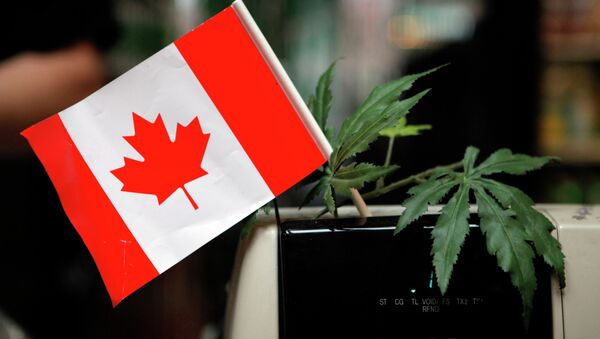“There hasn’t been anything like this — and granted it wasn’t legislated — but you think of the dot-com … flurry,” Mark Whitmore, vice-chair of Deloitte, told the Star. “It has that kind of feel to it. There’s a lot of froth, a lot of interest in this space and a lot of people think there’s going to be an opportunity.”
To satisfy a booming market, researchers estimate that there will be a demand for some 600,000 kilograms of marijuana annually, far more than is currently produced for medicinal purposes.
“Of course, there will be a practical consideration to take into account when setting marijuana prices that goes beyond what the market will pay,” the study says. “The challenge will be to set a price point that balances the goal of creating and sustaining a legitimate market (while eliminating ancillary criminal enterprise) with that of not promoting excess consumption.”
Researchers estimate that the base retail market would be worth $4.9 billion to $8.7 billion annually, while the ancillary market of growers, labs, and production would be worth between $12.7 billion-$22.6 billion, and the tourism, business taxes, licence fees and paraphernalia would be worth over $22.6 billion.
“As we look at this recreational space, it could be a significant opportunity for both Canadian businesses and governments in terms of what they have to do,” Whitmore stated.
A blueprint for recreational legislation is expected to be introduced next spring, and the study states that it “presents a bold new landscape for Canadian businesses and governments alike.”
“What this new landscape might look like remains unclear,” the report said.



